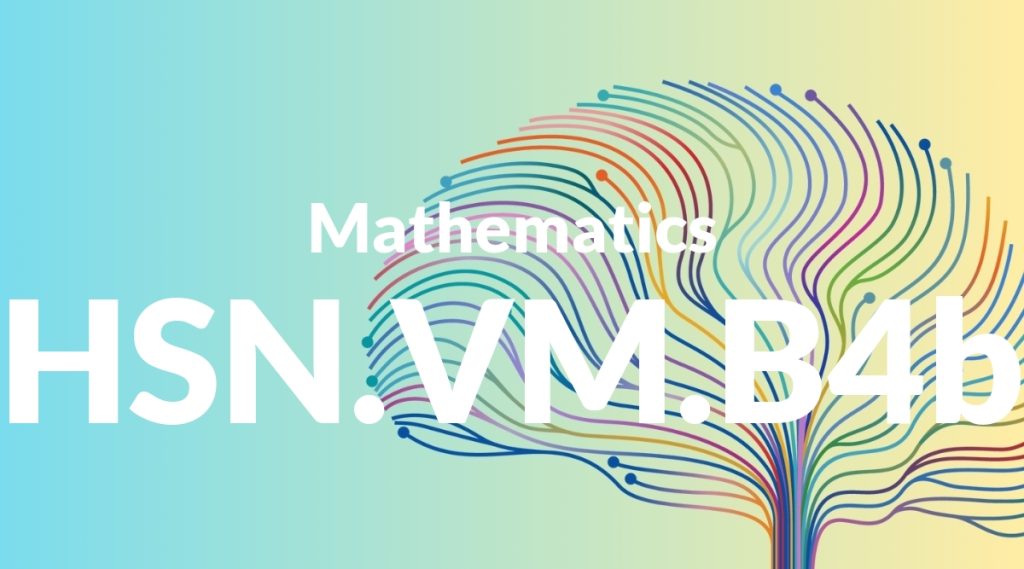Standard: HSN.VM.B4 – (+) Add and subtract vectors.
Grade level: High School: Number and Quantity
Subject: Mathematics
Domain: Vector & Matrix Quantities
Teacher Overview
This standard focuses on teaching students how to add and subtract vectors, a fundamental skill in many areas of mathematics and science. Mastery of this standard will enable students to solve real-world problems involving direction and magnitude, such as navigation, physics, and engineering. Students should have a solid understanding of basic vector concepts, including magnitude and direction, and be comfortable with coordinate systems and basic algebra.
After mastering this standard, students will be prepared to tackle more advanced topics such as vector multiplication, vector spaces, and applications in physics and engineering.
Common Misconception 1
One common misconception is that vectors can be added or subtracted like scalar quantities, ignoring their direction. This is incorrect because vectors have both magnitude and direction, and both must be considered when performing operations.
Intervention 1
To address this misconception, use visual aids and interactive tools to show how vectors combine directionally. Practice problems should include both graphical and algebraic approaches.
Common Misconception 2
Another misconception is that adding vectors means adding their magnitudes only. This ignores the directional component, which is crucial for accurate vector addition.
Intervention 2
To remediate this, provide exercises that emphasize the importance of direction in vector addition. Use step-by-step examples to illustrate the correct process.
Prerequisite Knowledge
Students should understand basic vector concepts such as magnitude and direction, and be familiar with coordinate systems and basic algebraic operations.
Subsequent Knowledge
Students will develop skills in vector multiplication, understanding vector spaces, and applying vectors to more complex real-world problems such as physics and engineering.
Instructional Activities
- Create vector diagrams to visually add and subtract vectors.
- Use graphing calculators or software to perform vector operations.
- Solve real-world problems involving navigation and physics.
- Group activities where students physically represent vectors and perform operations.
- Interactive online simulations to explore vector addition and subtraction.




